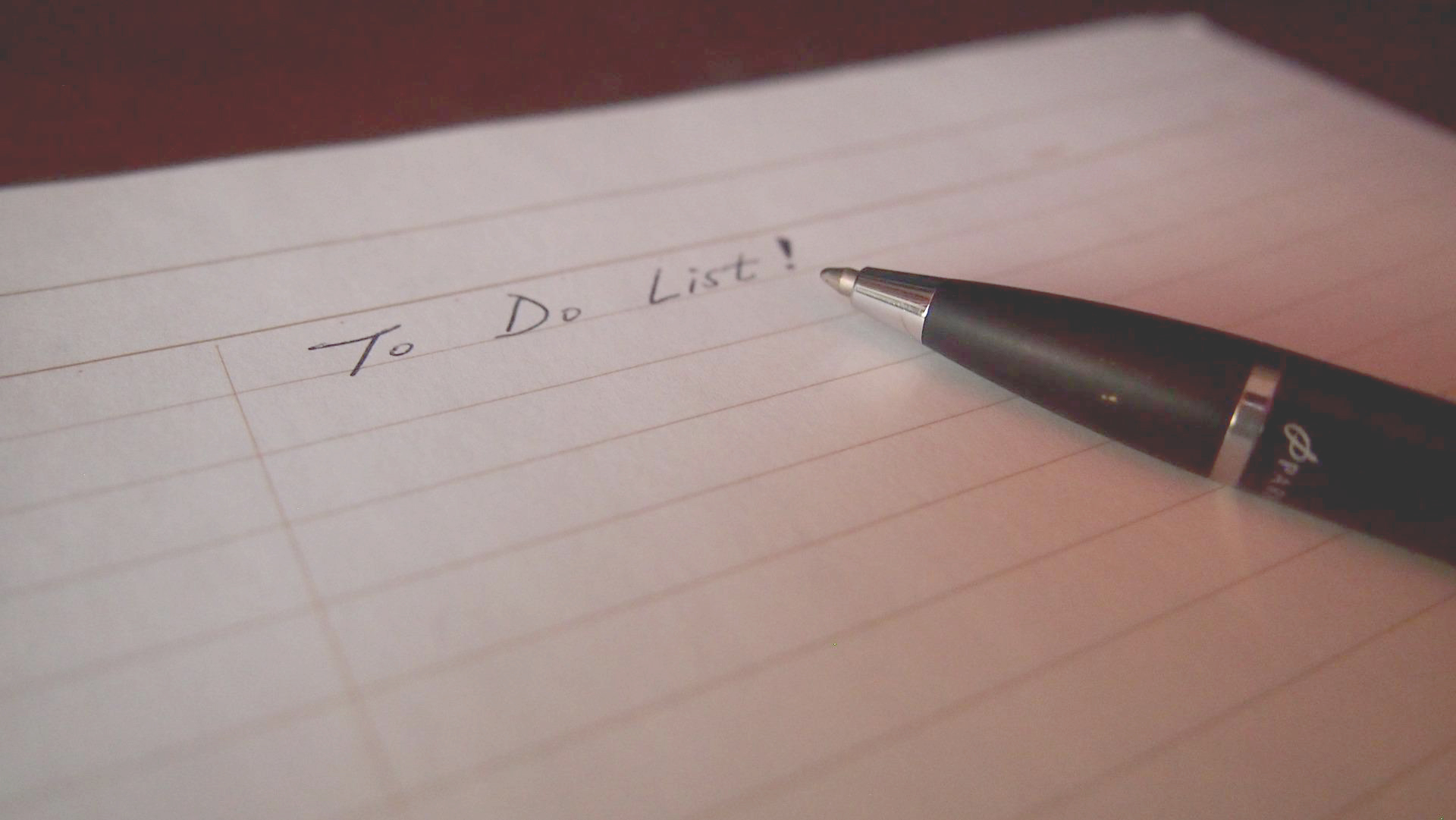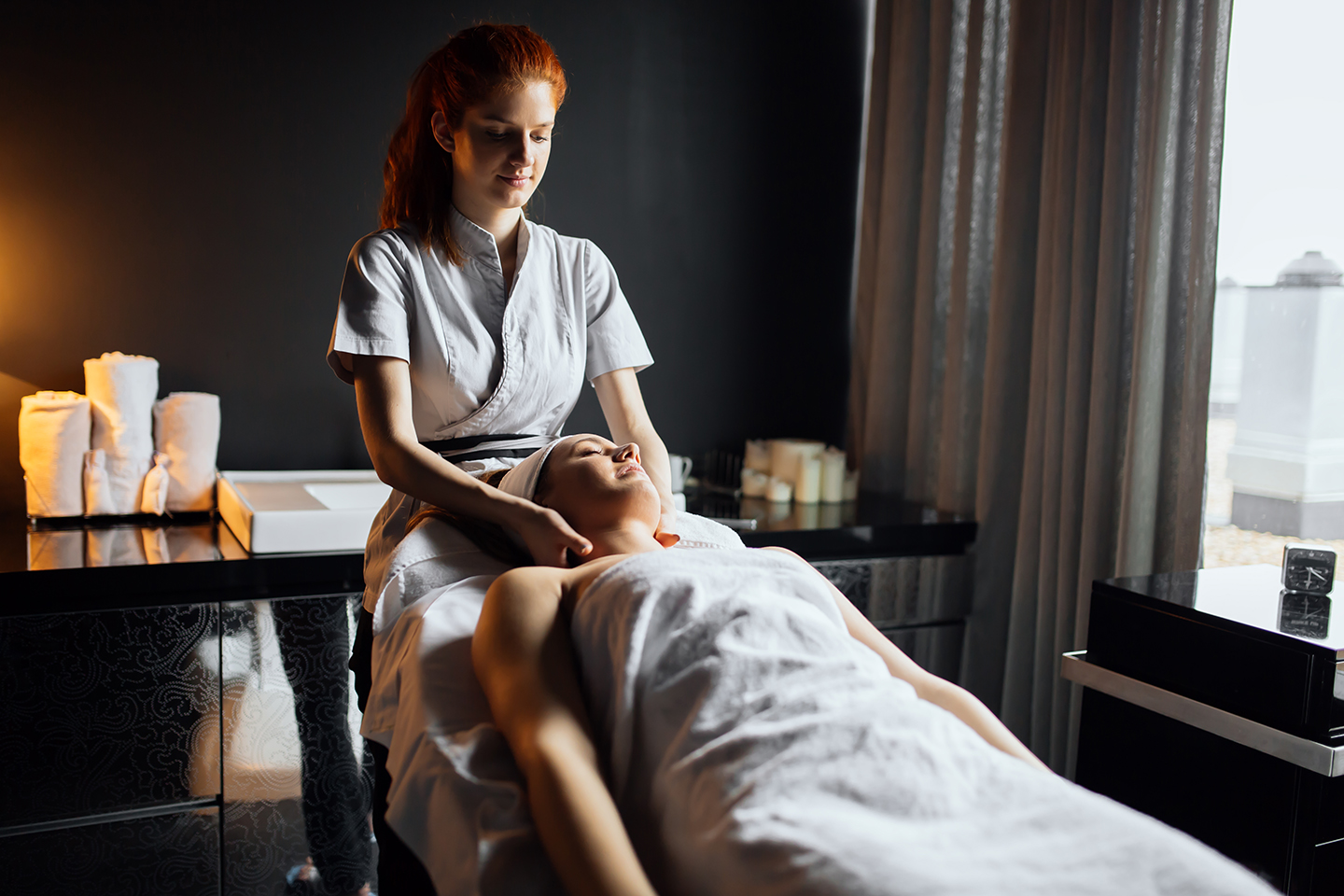Boundaries may not be the first thing you think about when visiting a Portland, Oregon massage clinic. Nor are boundaries at top of mind when aspiring LMTs apply to massage therapy schools. Yet in order to earn a massage license with the state of Oregon, therapists must pass a jurisprudence exam on the legal boundaries set by the state. Massage therapists must follow professional boundaries to earn and maintain their licensure.
Beyond the legal aspect of ethics, therapists rely on boundaries to avoid compassion fatigue. Without strong boundaries, massage therapists may find themselves taking on their clients’ problems. Let’s take a look at the types of boundaries massage therapists set, based on Boundaries, by Henry Cloud and John Townsend. Then we’ll provide a few tips on how LMTs can create healthy workspaces through setting clear boundaries.
Four Types of Professional Boundaries for Massage Therapists
1. Physical Boundaries.
Physical boundaries can include properly draping your clients to protect their privacy. It can also apply to the physical space where you provide manual healing. Additionally, honoring client preferences and contraindications can fit into this category.
- Emotional Boundaries.
Emotional boundaries exist for both the therapist and the client. When clients’ emotional problems become too much for you to take on, a healthy emotional boundary will spur the LMT to refer a therapist, for instance. Therapists must be emotionally aware in order to understand how and when to distance themselves from clients’ emotional challenges. - Professional Boundaries.
Professional boundaries include dressing appropriately, keeping consistent financial records, practicing good personal hygiene, maintaining a clean massage space, following the letter of the law on massage, and representing your abilities honestly in advertisements. - Social Boundaries.
In smaller communities, LMTs may to clarify which role they’re occupying—whether they’re speaking as a friend, or as a professional massage therapist. Social boundaries help therapists keep their personal and professional lives separate.
When we understand who we are, and what we stand for, we can take action more efficiently. Here are a few tips on how to create a healthy workspace through setting specific boundaries.
How Massage Therapists can Create Healthy Workspaces through Boundaries
- Create a well-defined work area to communicate your professionalism and help clients transition into massage sessions.
- Follow a consistent routine to communicate expectations to clients. This could include a reminder text or phone call the day before with a reminder of your late and no show policy.
- Use sensory clues, such as custom essential oil blends, to help clients see your space as a professional healing zone.
- Communicate specific timing boundaries to clients. For instance, upon booking, let clients know you will charge half for missed appointments that are not cancelled at least 24 hours ahead of time. (This is the policy at many massage therapy schools, Michigan to California. And indeed this is how we arrange things in the East West College massage clinic.)
- Check your attitude with three deep breaths before delivering a massage. If you walk in with a chip on your shoulder, you can bet it will be passed onto the client.
- Reflect regularly on what areas of your practice feel fuzzy or stuck. Journal on these topics to figure out how you can improve.
- Take care of yourself through good sleep, good nutrition, time for play, receiving massage, regular exercise, and emotional grounding activities to help you release clients’ energy.
- Be here now. Being present with your clients may mean signing up for a meditation or yoga class, so that you can create healthy boundaries by being fully present in the moment.
While we tend to think of boundaries as externally placed restrictions, they are most effective when we resonate with them personally. Obviously, you can’t choose which state massage board laws to follow. However, by thinking about which physical, social, professional, and emotional boundaries ring true for you, you can create a more effective massage practice.



